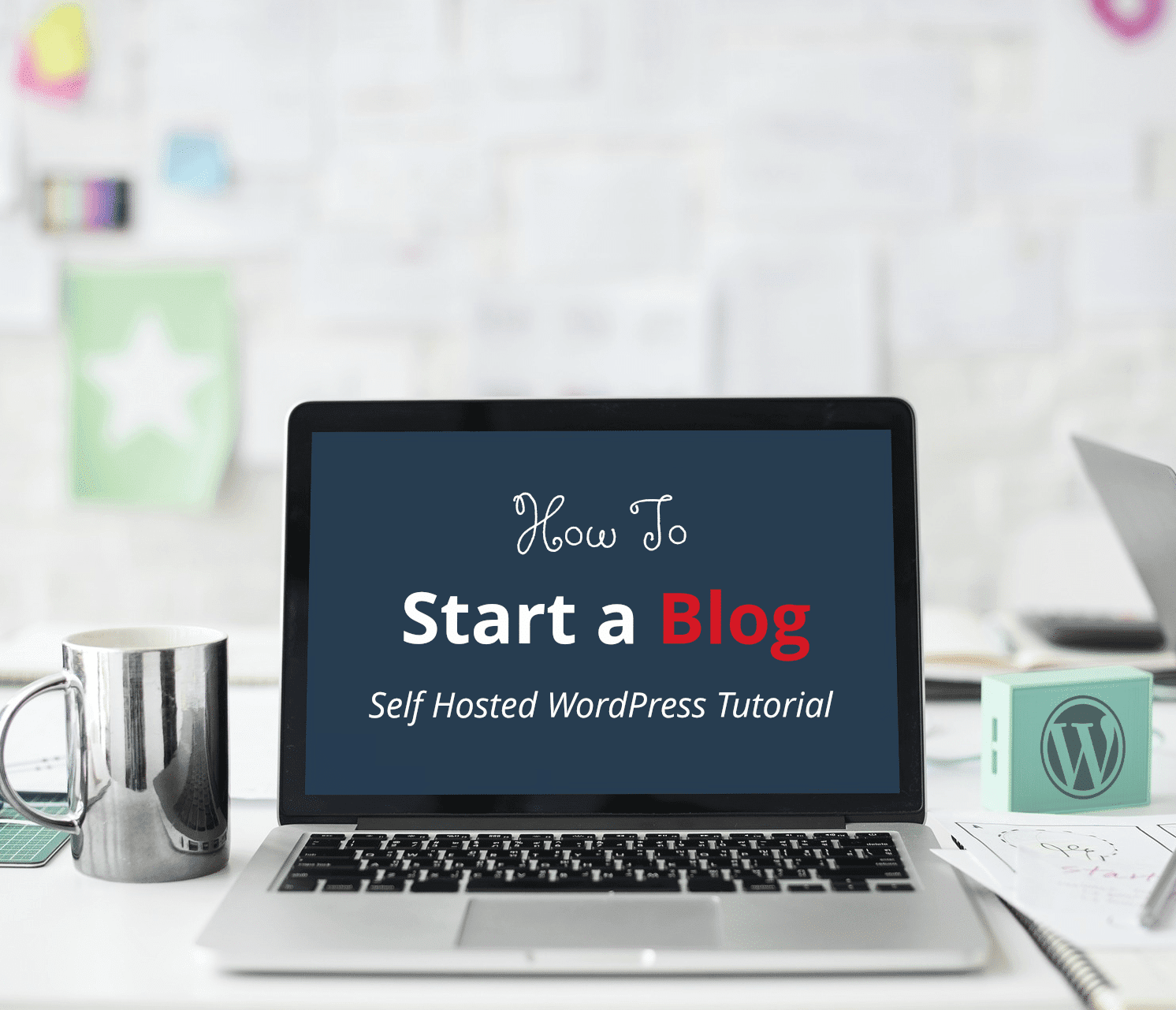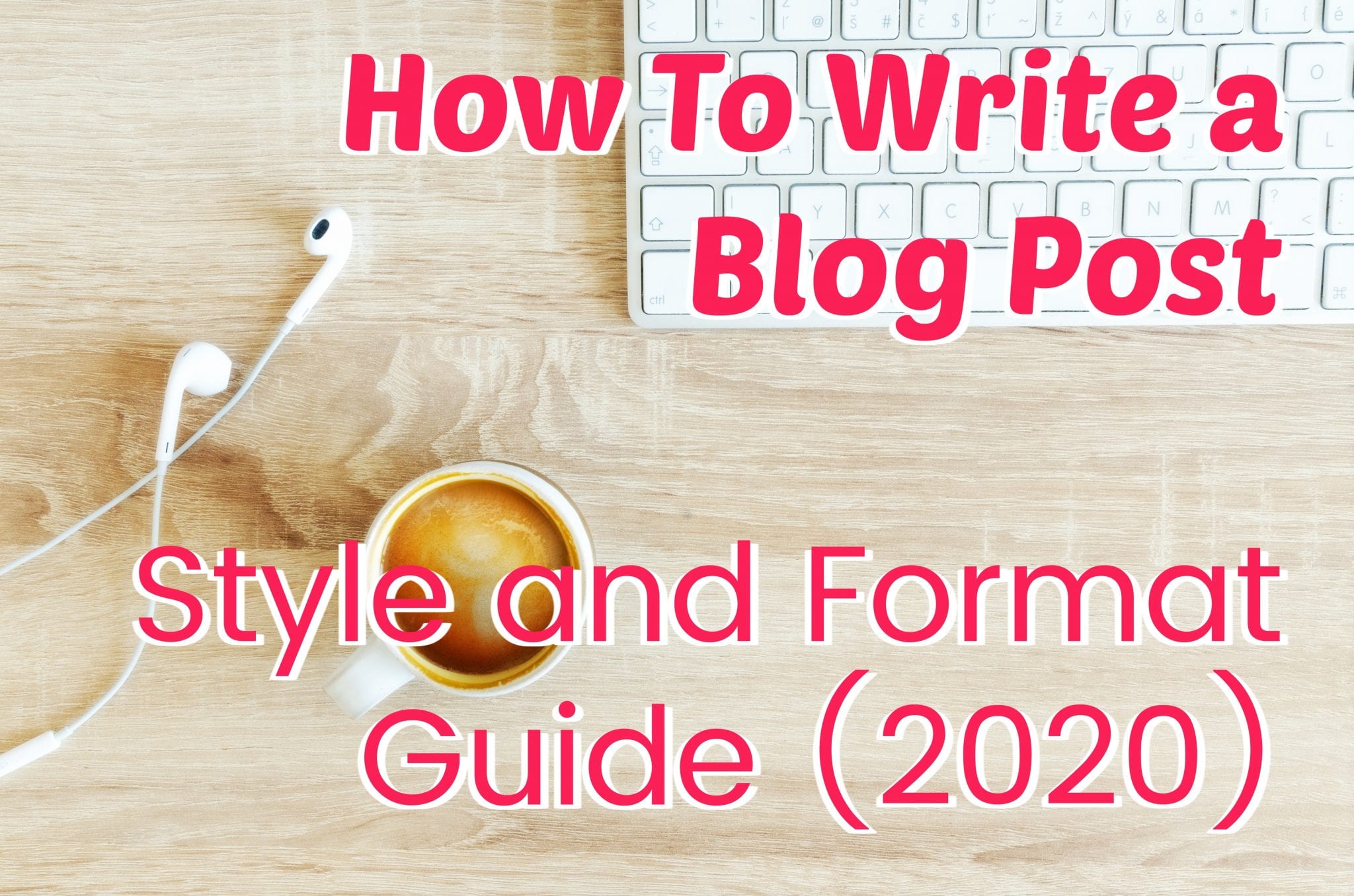Welcome to my First Blogging Bootcamp. Click the link to read more from this series.
The blogosphere is composed of people. Real people like you, who have wants and needs.
True, traffic pours in from Google and seems random, anonymous, robotic even. But if you truly want a blog to go anywhere, you’ve got to learn how to network with real people, give them what they want, and bring them on board your operation.
If one thing is clear here at Dear Blogger, it’s that a community is powerful thing. When you bring in lots of bloggers, the potential is a lot more than I could create on my own.
So without further ado, here’s the full email 9 part email template I used when building up my network right here. I really hope this inspires you to contact more bloggers around the web to strength your own empire.
Why email is still #1
As content builders in an online world we have about 14 thousand ways to communicate with each other. These methods of course vary in effectiveness, purpose, and privacy.
While Tweeting is fun and Facebook messaging is often enough to get the job done, email still remains the most effective way of reaching out to other bloggers and content developers.
We won’t exactly tell you it, most recognized bloggers start out our campaigns by sending out highly targeted, almost pleading emails to web-people in positions of power.
Heck, I even emailed Seth Godin at one point to partner up! Read his short response.
Anyways, funny moments aside…
In the word’s below I’d like to show you how to write the best possible emails possible. I’m talking emails that turn a one-off shot at success into a world full of opportunity, and set you up for future success.
Initial steps
As you plan out your strategically genius networking email you’ve got a few things to consider.
What’s the purpose?
Are you asking for a guest post, a job, a mention, a back link? Maybe just a good old fashioned blogging answer. If that’s the case you know how to get at me 😉
Who’s receiving it?
Say you want to contact Blog X to write a guest post, but can’t for the love of blogs find an email address! Google “write for us guidelines for Blog X” and more times than not you’ll find their guidelines for writing in. I’ve done this for probably over 100 blogs (including crazy ones like Inc.com and Reader’s Digest, to date). Hey, Google is your friend.
But, WHO is receiving it?
If at all possible, do some research on the actual individual who needs to flag seas of emails. Learn their interests and find their Twitter. This will allow you to inject some empathy into your words and may result in a quicker response.
What are your other angles?
If a massive publication posts an email address or even a contact form (which I rarely fill out, shoot for the emails guys) they probably get too many responses to read. So, be clever. To show you’re really interested in a gig, send a few tweets at the blog or person and like some of their Facebook content. Do this for a whole week before sending in your message. Sounds like a small factor, but not at all.
The ultimate template: revealed
Here’s my email template, totally candid and revealed. It’s what I’ve used to snag power 150 guest posts, the web dev job I have now, and other cool things like a flat in a decent neighborhood.
Note: I always modify and tweak, but this is the bare bones you can use too 🙂
Remember, this is a first time email. Once you have a communication going it’d only be insane to right programmed emails. You’re totally on your own at that point…
- Greetings 1 sentence
The hello portion should be brief and sensitive to the type of email. A general “Hi” often works best, but if the recipient is particularly alternative minded there’s no reason not to try out a “Howdy, Hola, Bonjour” you get the picture. - About you 2 sentences
The first question that recipient is asking if you’ve never written to them before is “who the heck is this shmuck?” The next question is, “what have they accomplished to make them important?”. So, you’d be wise to answer these two questions. - About their work 1 sentence
Ok, now we’re getting more serious. To really write a great intro email you need to do your homework. Write a heart felt sentence about the recipients published work. This is where you can either totally lose or totally gain their attention, so be spot on and specific. - Where your work meshes with their work 1-2 sentences
Now, it’s time to take a big swing at the nail and drive in. You’ve been buttering up your recipient, and it’s time to briefly state why you two should work together or collaborate. Think ways that person stands to gain and try your best not to sound generic. It’s always better to stand out here than make a bland, shy statement. - What you want 1 sentence
Ready? It’s time to tell the person why you’re writing, what you want. Hopefully they have some idea from reading the 5-6 brief sentences above. Prepping is done, ask away right here and be bold. - Links to your work 2-3 links
You’ve done your best to connect and now it’s time to show the recipient your best, more relevant, jaw dropping work. If the above has been good enough they’ll have a quick click. It’s really crucial you put this after the “what you want” because this is meant to supplement that request, not over exaggerate it. - Request for a respond and directions 2 sentences
Possibly the most important aspect of closing an email is being really clear that you want a response and telling the person how to respond. You would be amazed at how many more responses this little clause produces. - A thank you for their time 1-2 sentences
Pretty standard, but like you introductory lines be heartfelt but not creepy. - Signature 1 sentence
A final shot at being professional. I like putting a short sentence here but there’s definitely an argument to be made for including contact information like a phone number.
That’s really it! Of course, the words you put in this template will totally make your message, but at least you know have a structure to operate with.
Before sending
After your email is drafted it’s important to think up a great subject line, aka a headline. For a really good guide to headlines, read The Copybot’s recent post.
Headlines will get people’s attention or fail to. Often times the best email are lost due to poor headlines or lack of time spent devoted to them.
It only makes sense that we want a good headline when deciding if we should read an email or not. We all have limited time, and simply put we all want to read stuff that adds value to our lives.
A final thing to consider is who the email is from. It’s obviously from you, but what does the receiver see? Your full name? Your first name? You absolutely must know this, because it’s as important if not more so than the headline. Lowercase names, typos, or other oddities will scream spammer straight away.
Conclusion: Your turn to write
I know the community out there is filled with good, persistent networkers and of course great writers. So, I have a few questions just for you.
- What sorts of struggles and successes have you faced when writing networking emails?
- How do you make it work?
- Are emails best for you?
Add your thoughts to the comments and let’s learn about strategic emails.






Hi Greg nice post about email drafting, I will apply it to email replys
Good luck Dinesh!
Awesome post about networking! I think this will help a lot of people to know more about how and what to do. Great work. Keep it up! I am crossing my fingers so that you can successfully finish your challenge! Love, Saskia
Happy Friday Saskia. Needed that encouragement, thanks!